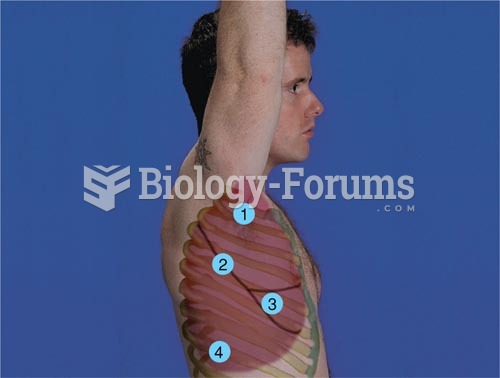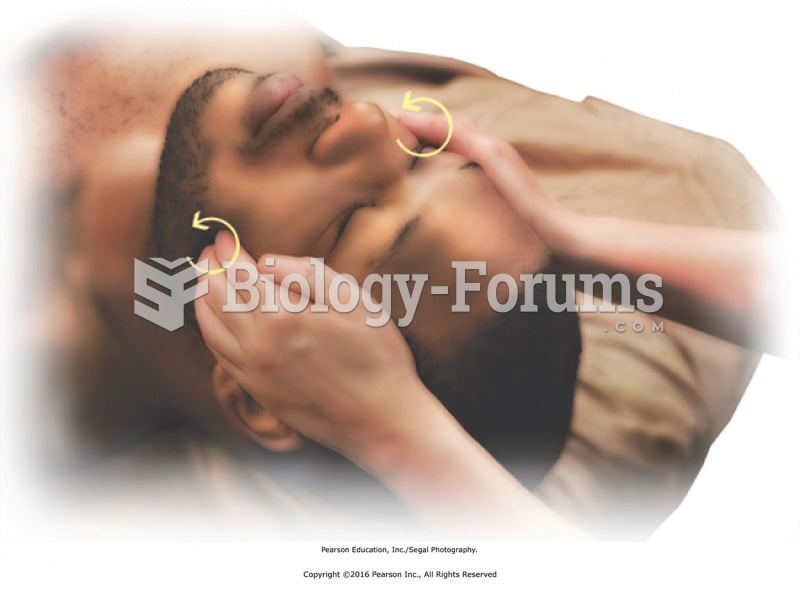Answer to Question 1
C
Circular communication refers to communication between family members that is reciprocal; that is, each person influences the behaviour of the other. An example is when a parent comforts a child because the child cries. Because the parent responds to the child, the child feels safe and secure.
The example of the father and child being engaged in a game of catch is not an example of cir-cular communication. It reflects a subsystem (structural assessment) of father and child; it reflects a relationship within the family.
The example of the father and child being engaged in a game of catch is not an example of cir-cular communication. It illustrates how influence (expressive functioning) is used to affect or control another person's behaviour. Influence can be classified as instrumental (e.g., using privi-leges to reward good behaviour), psychological (e.g., giving praise or admonishment), or corporal (e.g., hugging or hitting).
The example of the father and child being engaged in a game of catch is not an example of cir-cular communication. Rather, it is an example of a boundary.
Answer to Question 2
B
According to Erikson, a 14-year-old adolescent is developing his identity versus role confusion. A teenager is very concerned with self and is often preoccupied with body image. Frequently, teenagers express themselves rebelliously as they struggle to discover their own identities. Rebellious behavior is very common and normal at this stage of development. A juvenile correctional facility usually is not necessary. Establishing companionship occurs in the young adult age group. Feeling the need to support future generations is usually experienced by the middle-aged adult.







